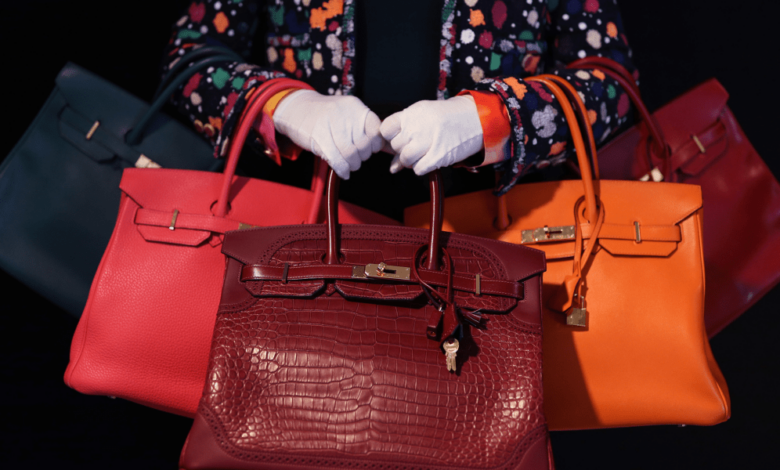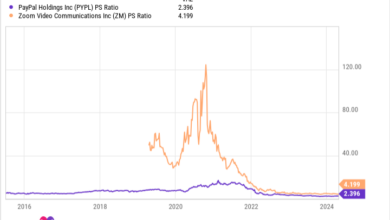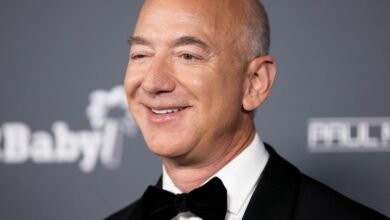Two Californians sued Hermès because they weren’t allowed to buy Birkin bags—even though one of them already spent ‘tens of thousands of dollars’ on the brand


A Birkin bag is the ultimate status symbol—one that money alone can’t buy. The notoriously exclusive process of acquiring the iconic handbag, which can cost between $8,000 and $450,000, is now the target of a class-action lawsuit.
In a complaint filed in a federal court in Northern California on Tuesday, two shoppers allege that French luxury house Hermès violated antitrust and business practice laws by only offering Birkin handbags to customers who already have a purchase history with the brand.
Plaintiffs Tina Cavalleri and Mark Glinoga alleged that Hermès executed a “scheme to exploit the market power” of the Birkin by “requiring consumers to purchase ancillary products…before they will be given an opportunity to purchase” the bag.
“In other words, consumers are coerced into purchasing ancillary products from Hermès by virtue of wanting to purchase the Birkin Handbags,” the filing reads. “This is anticompetitive, tying conduct.”
This practice of “tying” purchases, according to the plaintiffs, artificially inflates the cost of acquiring a Birkin bag and limits consumer choice, violating federal and state antitrust laws, and the California Business and Professions Code.
Hermès has not responded to the lawsuit. The company did not respond to Fortune’s request for comment.
Can anyone buy a Birkin?
Short answer: no. According to the lawsuit, plaintiff Cavalleri has spent tens of thousands of dollars at Hermès—and already owns at least one Birkin. In September 2022, Cavalleri contacted Hermès about purchasing another Birkin bag but was told specialty bags are going to “clients who have been consistent in supporting our business,” according to the lawsuit.
The other plaintiff, Glinoga, made multiple attempts to purchase a Birkin—but “was told on each occasion he needed to purchase other items and accessories,” the filing reads. Glinoga went home empty-handed every time, according to the lawsuit.
One cannot simply walk into an Hermès store and ask for a Birkin—instead, opportunities to purchase the bag are offered to the brand’s most loyal customers. Customers who are interested can enquire in-store, but the final decision of who gets offered a Birkin is up to sales associates, according to Byrdie.
And even if the lucky customers are willing to shell out five or six figures to buy the bag, they may not get to pick the model their heart desires.
“Hermès only allows boutiques to purchase a select number of Birkins on a bi-annual basis and the style of Birkin bag delivered to boutiques is rarely known ahead of time,” according to Sotheby’s. “As a result, customers must either make do with the available Birkin bag offered by the sales associate or patiently wait for the style they want to become available.”
And so, buying a Birkin not only requires thousands of dollars—it can also require a purchase history with Hermès, rapport with a sales associate, and pure luck. Though the spotlight is now on Hermès, fellow luxury brands Rolex, Celine, and Chanel have also been accused by social media users of implementing the “tying” practice, according to The Business of Fashion.
Why are Birkins so expensive?
The Birkin bag was “born in the sky, in 1984, on a flight from Paris to London,” according to Hermès. The late actress Jane Birkin was seated next to Jean-Louis Dumas, executive chairman of Hermès at the time, when she confided in him that she couldn’t find a bag that suited her needs as a young mother.
The actress told CNN in 2020 that she sketched out the design on a sick bag—and Dumas added to the design by taking inspiration from existing Hermès bags.
The earliest versions of the bag were sold for around $2,000 in 1984, according to Business Insider. Over the years, the Birkin has risen in status as a celebration of craftsmanship, a fashionable flex, and an investment piece—and it’s inspired a robust resale market that has outperformed the S&P 500 in some years.
For collectors, part of the appeal of Birkins is that they hold their value well compared to other luxury goods—on online luxury retailer Farfetch, the cheapest second-hand Birkin goes for $11,500, while the most expensive one is listed for $48,502. As for the most expensive Birkin ever sold, the “Himalayan Diamond Birkin” holds that record. It fetched $450,000 at a Sotheby’s sale in 2022—thanks to its valuable components of Niloticus crocodile skin and nine to 10 carats of diamonds.
For luxury enthusiasts, the mystique and unattainability of the Birkin only adds to its desirability. And considering the current economic landscape, a Birkin is perhaps one of the more stable investments one can make.
Source link




